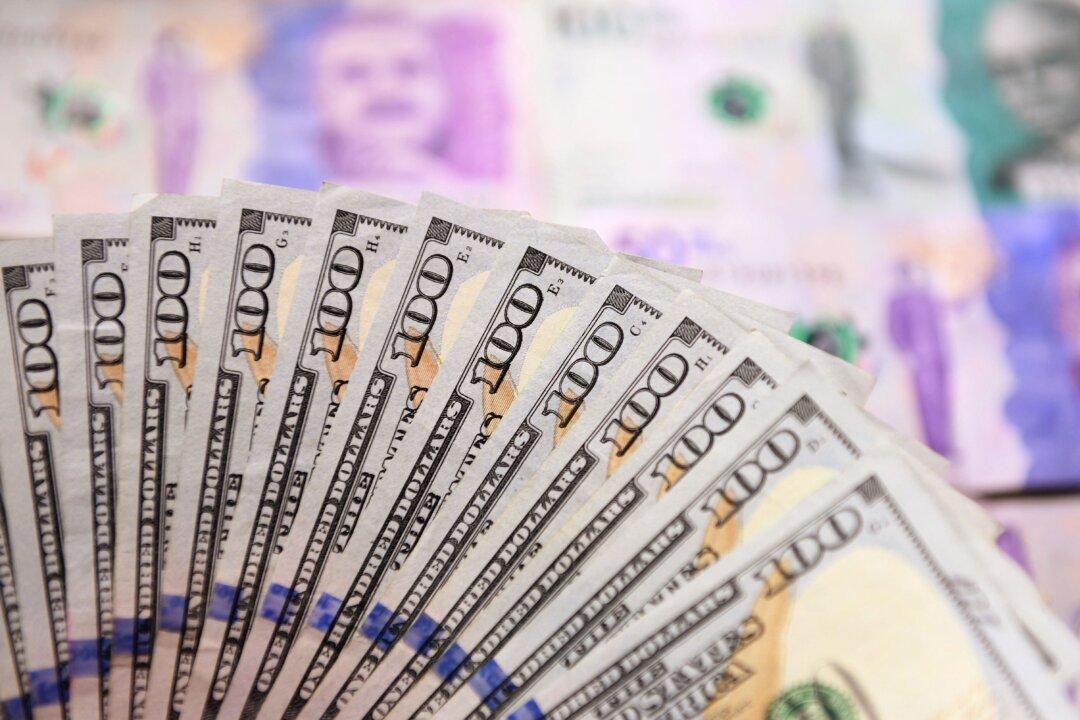Commentary
If you are trying to follow economic trends, you face an incredible problem just looking at the headlines. Some talk about inflation and the weakness of the dollar. Others, sometimes on the same page, talk about the strong dollar and what that implies for trade flows. Let’s try to sort this out.





